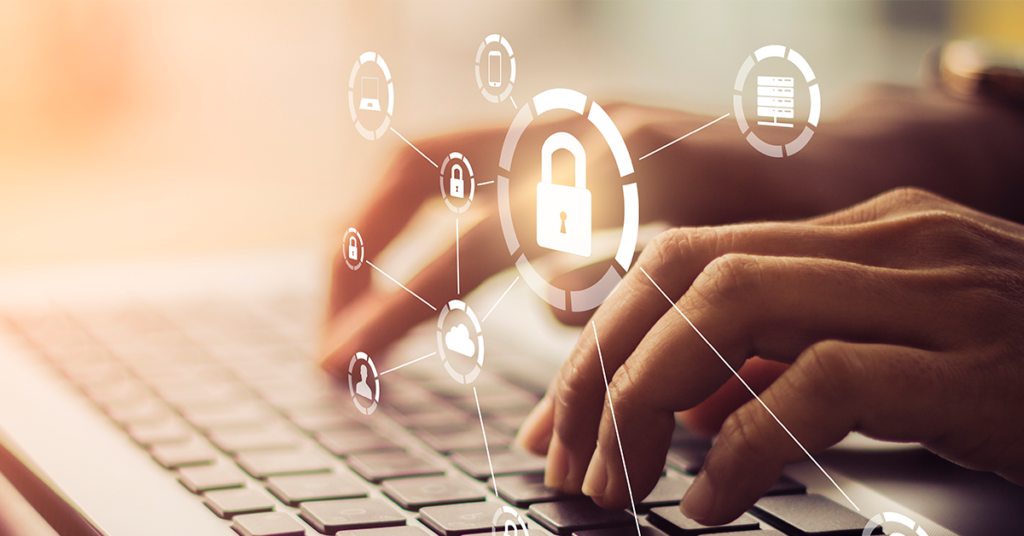Safe online, safer “in real life”

Internet is a tool that has successfully integrated in our lives, and effectively changed how we live in many aspects. We work, entertained, socialize, get informed and study, all on the Web. It is hardly possible to live without the internet, and day after day, it continues to become a bigger part of lives, which on the other hand, bear with all the information of our lives. Most of us are aware that it is not the safest place to be, especially for the younger crowds.
MMD, the leading display specialist and brand license partner for Philips monitors, is constantly looking for new ways to help its users being safe while using a display and, so, to provide more privacy and safety-focused technologies.
What’s the Safer Internet Day?
Started in 2004, Safer Internet Day has progressively become a landmark event for online safety and it’s now celebrated in approximately 170 countries worldwide. Every year, Safer Internet Day aims to raise awareness of emerging online issues and current concerns, from cyberbullying to social networking to digital identity. The focus is on making the internet a safer and better place for all, and especially for children and young people.
The risks lurking behind a screen
The internet has been one of the most transformative and fast-growing technologies, which its use has significantly increased, especially in the past year. While many of us worked from home and had to set up home offices, kids and teenagers have unlocked a new level of “online” life that we have never experienced before: both school and their free time were mostly on the internet. The worldwide closures have indeed impacted and still are impacting millions of students[1], from different ages, that had to adapt to a highly virtual life and long hours in front of a display.
Despite its convenience, Internet can also bring trouble, for both young and old alike. While scams and hacking are taken very seriously by businesses and adult users, social media, instant messaging and chat rooms can as well transform in an area of serious dangers for youngsters, from cyberbullying to exposures to inappropriate contents (images or videos), creeps and predators.
Education is key
The first step should be adding a parental control and similar controlling filters to check what content they can consume online, especially when it comes to kids. These features can dramatically reduce the likelihood that children will be exposed to inappropriate contents, as well as online ill-intentioned people. It is well established that teenagers need to learn to discern between what’s good and what to avoid, and parental control would adversely inhibit this ability.
Moreover, educating them to an “online etiquette” it’s crucial. Everyone should think before posting, for their own reputation but mostly because the online world has impacts on the real one – and on feelings of real people. So, malicious and vicious comments posted online can be the prelude to an unsettling and worrying journey on the other side of the screen. Cyberbullying goes as deep as death threats, it is nothing to joke about.
Safety-focused technologies
For the safety of everybody while surfing the Web, it is critical to invest in educating children and users on the risks that lurk online and how to behave on the internet to be safe and be able to handle potentially dangerous situations. There are a few technologies that can help parents in limiting online surfing (such as Parental control) and a few others that can ensure users and kids’ privacy to be really respected, such as a pop-up webcam that prevents from webcam hacking and creepy spying while online. The most important is to choose the one that best suits us and always maintain a diligent attitude during surfing the Web. Happy Safer Day!
[1] From UNESCO, “UNESCO figures show two thirds of an academic year lost on average worldwide due to Covid-19 school closures” – here: https://en.unesco.org/news/unesco-figures-show-two-thirds-academic-year-lost-average-worldwide-due-covid-19-school
